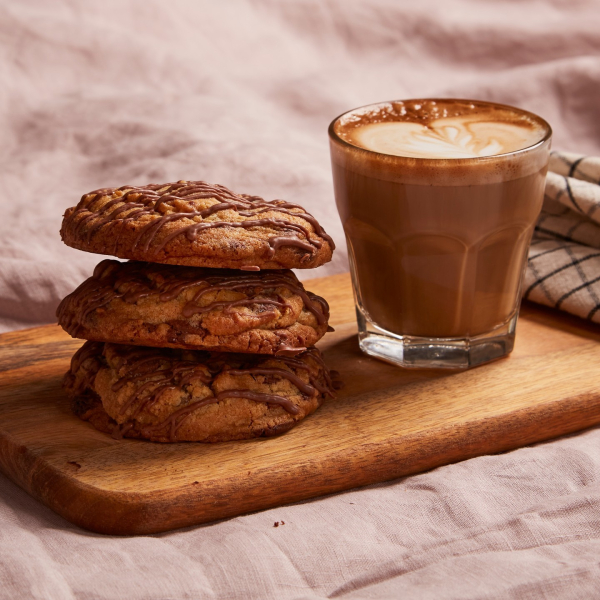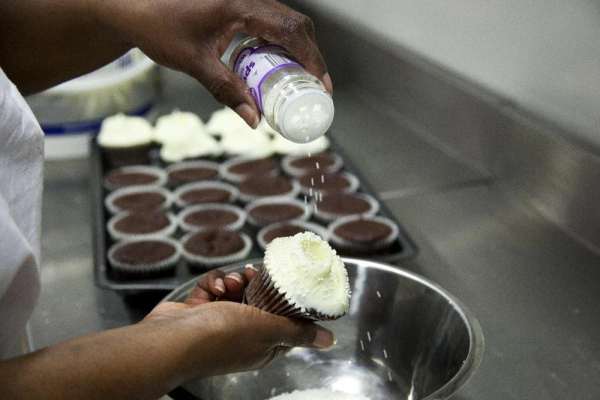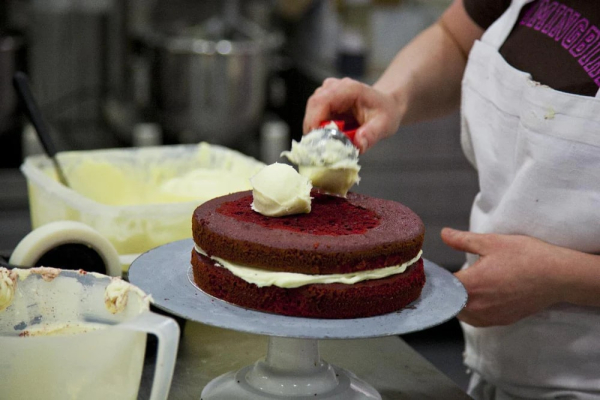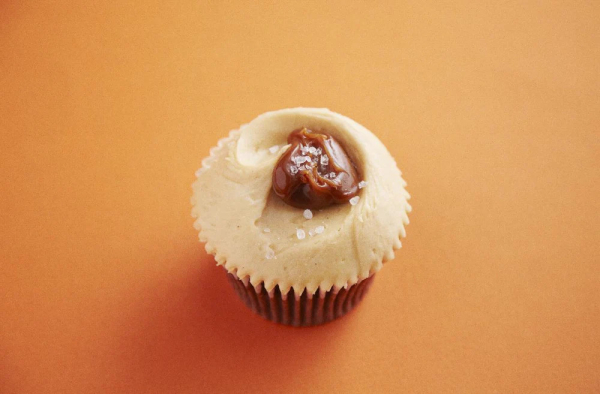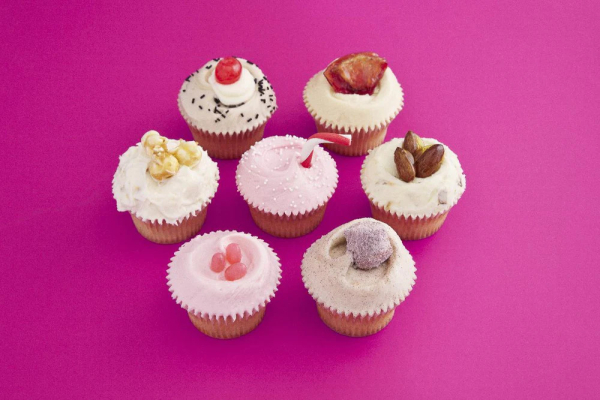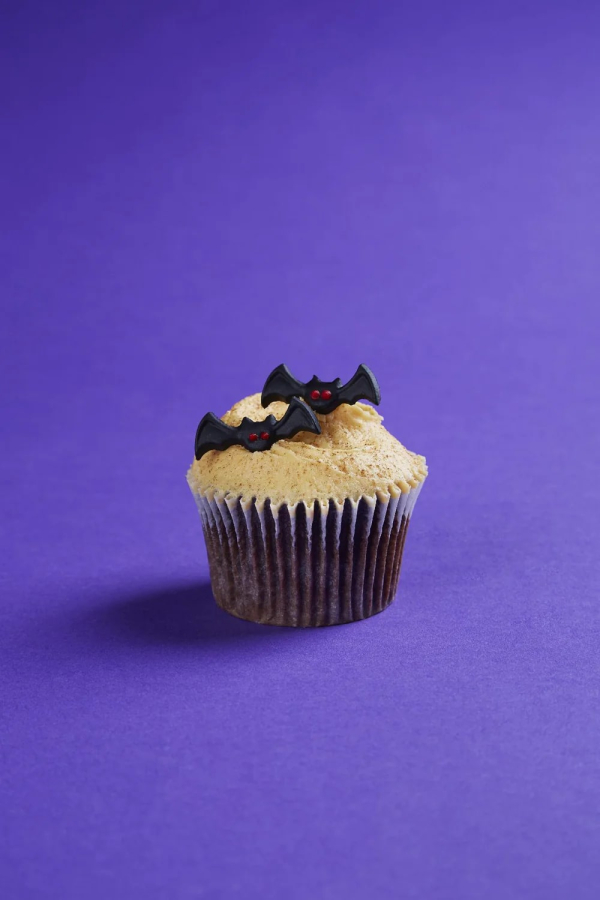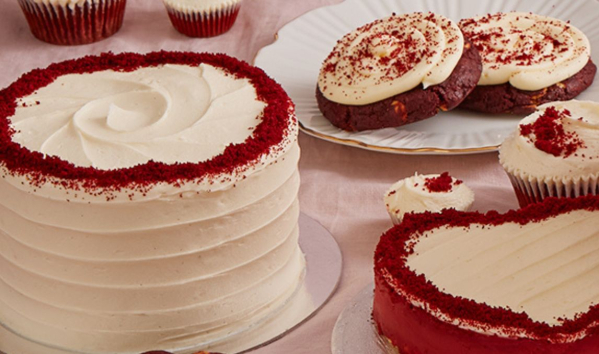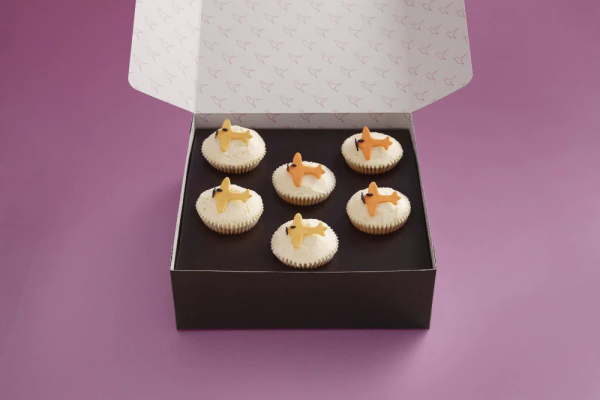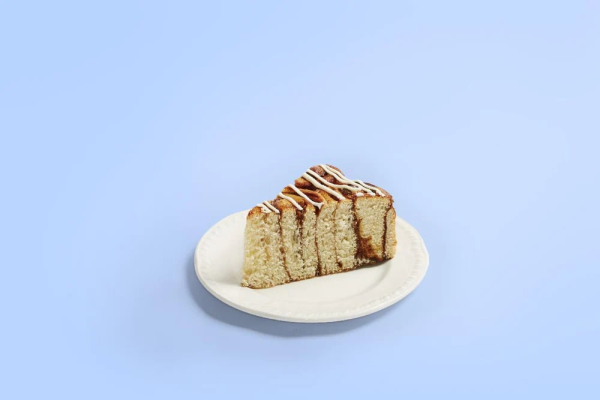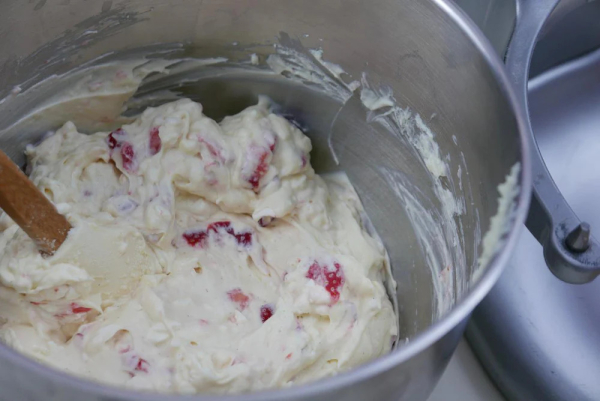Monthly Archives: April 2023
-
Charlotte Strong April 15, 2023Butter, margarine and oil: a baker's guideBake a cake without butter, margarine or oil? Fat chance! These and other fats are essential for creating a moist, fluffy crumb in your sponge and deliciously flaky golden pastry. Here we discuss the differences between butter, margarine spreads, shortening, lard and oil so that you can have a better understanding of the role fats play in your baking. Butter Butter is the favoured fat to use in cakes and bakes and we use unsalted butter for all of our cakes in the bakeries. It is made from churned cream, a process that separates the butterfat from the buttermilk. It is typically made from cow’s milk and is yellow in colour. The high fat content of butter keeps the sponge moist and tender whilst also providing a delicious buttery flavour that you won’t get with margarine or oils. Let your butter come to room temperature if baking a sponge, keep it as cool as possibleRead More
-
Charlotte Strong April 15, 2023Basic Cake Decorating EquipmentThere’s nothing quite as delightful as a well-dressed cake. If you’re thinking about giving your bakes a little extra magic with hand decorations, here are the items of cake decorating equipment for beginners you’ll need to get started. This is by no means a definitive list as cake decorating and the tools you’ll require very much depend on the ambition of your designs. However, this basic list of kit is a great place to start if you’re looking to wow with your cake presentation. Piping bag and nozzles A reusable piping bag and nozzle set is a good investment for any baker as it allows you to hand-write piped icing onto your cakes, cupcakes and cookies. Cheesecakes are much harder to pipe onto as the surface isn’t dry, but it can be done right before serving if you wish to attempt it. Top tip: if you’re a keen baker looking to try hand piping techniques,Read More
-
Charlotte Strong April 15, 2023Buttercream Frosting and Cream Cheese Frosting FAQsWant to make better buttercream and creamier cream cheese frosting for topping cupcakes and smothering over layer cakes? You’ve come to the right place! Why is my buttercream frosting lumpy? This is because you haven’t beaten your buttercream frosting enough. To fix it, simply beat for longer. Beat buttercream for at least five minutes with a paddle attachment in your mixer to remove all lumps of butter and icing sugar. You can mix it with an electric hand mixer if you don’t have a stand mixer. Make sure your butter is at room temperature before you attempt to mix your frosting. Chop it into 1cm cubes for easier mixing. If your icing sugar is adding lumps, sifting before adding is a good habit, as is scraping down the sides of the bowl between mixing to incorporate any ingredients stuck to the sides. My buttercream frostingRead More
-
Charlotte Strong April 15, 2023Sugar in baking FAQsWhere would our bakes be without a little of the sweet stuff? Sugar is an essential ingredient in cakes and desserts, so we thought we’d answer your most frequently asked sugar questions. Why do we add sugar in baking? The main reason is taste. Sugar tastes deliciously sweet and in turn it makes cakes and desserts absolutely irresistible! When creamed with butter, sugar helps to bring air into the mixture, which makes the sponge light. In frostings, this action also helps to combine icing sugar with butter to make an airy and fluffy mixture. Sugar holds onto water molecules, which is very useful for making batters. It also helps the sponge to brown (this is called the Maillard reaction) and adds chewiness to the edge of a brownie and crispness to the top of a meringue when it is baked. It can add gooeyness in pie fillings and make sticky glazes and drizzles. Sugar alsoRead More
-
Charlotte Strong April 15, 2023Top baking tips for National Cupcake WeekFROM 18TH SEPTEMBER – 24THSEPTEMBER IT IS NATIONAL CUPCAKE WEEK. BUT OF COURSE AT THE HUMMINGBIRD BAKERY, WE LIVE EVERY WEEK LIKE IT’S CUPCAKE WEEK! Here are our ten tips from The Hummingbird Bakery for how to bake the perfect cupcake every time: Cube your butter and let it come to room temperature along with any eggs you’ll be using. Sift your icing sugar to remove lumps. Always use full-fat ingredients. Cupcakes are a treat, so there’s no reason to skimp. The taste and texture of your cupcakes will be improved by the higher fat content of whole milk, real butter and full-fat cream cheese (we promise!). Choose the best quality ingredients, flavourings, chocolate, essences and extracts that you can afford. Cupcake recipes don’t often have many flavoursRead More
-
Charlotte Strong April 15, 2023Spooky Halloween cupcake tipsPrepare for oohs and ahhs when you open the lid of this special cupcake gift box. Let these dazzling cupcakes be the perfect addition to make your home Fireworks Night go with a bang! If you’re celebrating at home, stay safe and cosy with a box of these limited edition Fireworks Cupcakes in irresistible Red Velvet Cheesecake and Chocolate flavours. Available as individual cupcakes in-store from 3rd-7th November or online as a Fireworks Cupcake Selection Box to order from 2nd November. Each cupcake is baked to our authentic American recipes and topped with shimmering hand-decorated designs. We also have a plant-based Vegan Fireworks Cupcake Selection Box and a delicious Made Without Gluten Fireworks Cupcake Selection Box (not certified gluten-free) in classic Red Velvet and Chocolate flavours.Read More
-
Charlotte Strong April 15, 2023What’s the difference between plain flour and self-raising flour?Adding a little flour power to your baking is an essential part of making delicious sponges, cookies and pastries. There are many different flours available in the baking aisle, but if you’re going to bake right you need to know what’s in them. What exactly sets plain flour and self-raising flour apart? What is the difference? Self-raising flour has a raising agent, and sometimes salt, already added to it. Plain flour requires you to add your raising agents separately to make your bakes rise. Can I swap plain flour for self-raising flour in a recipe? No. If your recipe asks for plain or self-raising flour, it is important to remember that these two ingredients are not interchangeable and you should use the flour recommended in the recipe along with any raising agents, such as baking powder or bicarbonate of soda. How much raisingRead More
-
Charlotte Strong April 15, 2023How to use a Piping Bag FAQsBrush up your techniques for writing and piping on cupcakes with some of your most frequently-asked cake decorating questions. Watch our video guide: Don’t be afraid of giving piping bags for decorating cakes a go. They are easy once you’ve had a few goes and they give you the wonderful opportunity to add messages and free-hand designs to your cakes and cupcakes.Read More
-
Charlotte Strong April 15, 2023How to travel with cupcakes and cakesThere aren’t any snakes on a plane, but it there might be cakes on a plane! Everyone loves a holiday, no one more so than a hard-working cupcake, but freshly baked cakes are delicate things and they can be transported only with care. We have compiled a few tips for those wishing to transport their cupcakes a little further than across London and Surrey from our bakeries. General cake transportation tips: Ask in-store for our plastic cupcake box inserts, which will fit gently around the cupcakes and keep them from moving around in their boxes. Be mindful of the temperature as it can affect the cake’s stability. If it’s warm or in direct sunlight, frostings can melt and cake layers can slide, so try to keep the cakes as cool as possible. On a very hot day, you might want to take two freezable ice packs with you to pack around the box.Read More
-
Charlotte Strong April 15, 2023Kneading bread doughBaking your own bread at home is easy and starts with a simple dough. Kneading is the process that brings the dough together, develops the strands of gluten and creates a silky and strong dough ready to be baked. Why do we knead dough? Kneading stretches and develops the gluten strands in the dough. The protein strands line up and this creates a gluten matrix in the bread which traps air and lets the bread rise. Kneading dough by hand This is arguably all the fun of bread making! Kneading lets you have full control over the finished texture of your loaf and involves punching, stretching and dragging the dough across a floured surface. Kneading dough in a stand mixer Stand mixers come with a dough hook attachment, which makes light work of kneading dough with less mess. Be careful not to leave it runningRead More
-
Charlotte Strong April 15, 2023All about your stand mixerIf you bake with a stand mixer at home, you might be a little unsure of what all the various attachments are for and how best to use this essential piece of kitchen equipment. Fear not! We have advice at hand for how to get the best from your stand mixer. Models Stand mixers come in a range of colours, bowl capacities and prices. Don’t feel you need to purchase the most expensive stand mixer if you only bake occasionally. Most models are sturdy enough to withstand plenty of use and no baker should feel pressured to splash out on pricier models unless they truly desire one. Either way, most stand mixers do turn out to be lifetime investments!Read More

